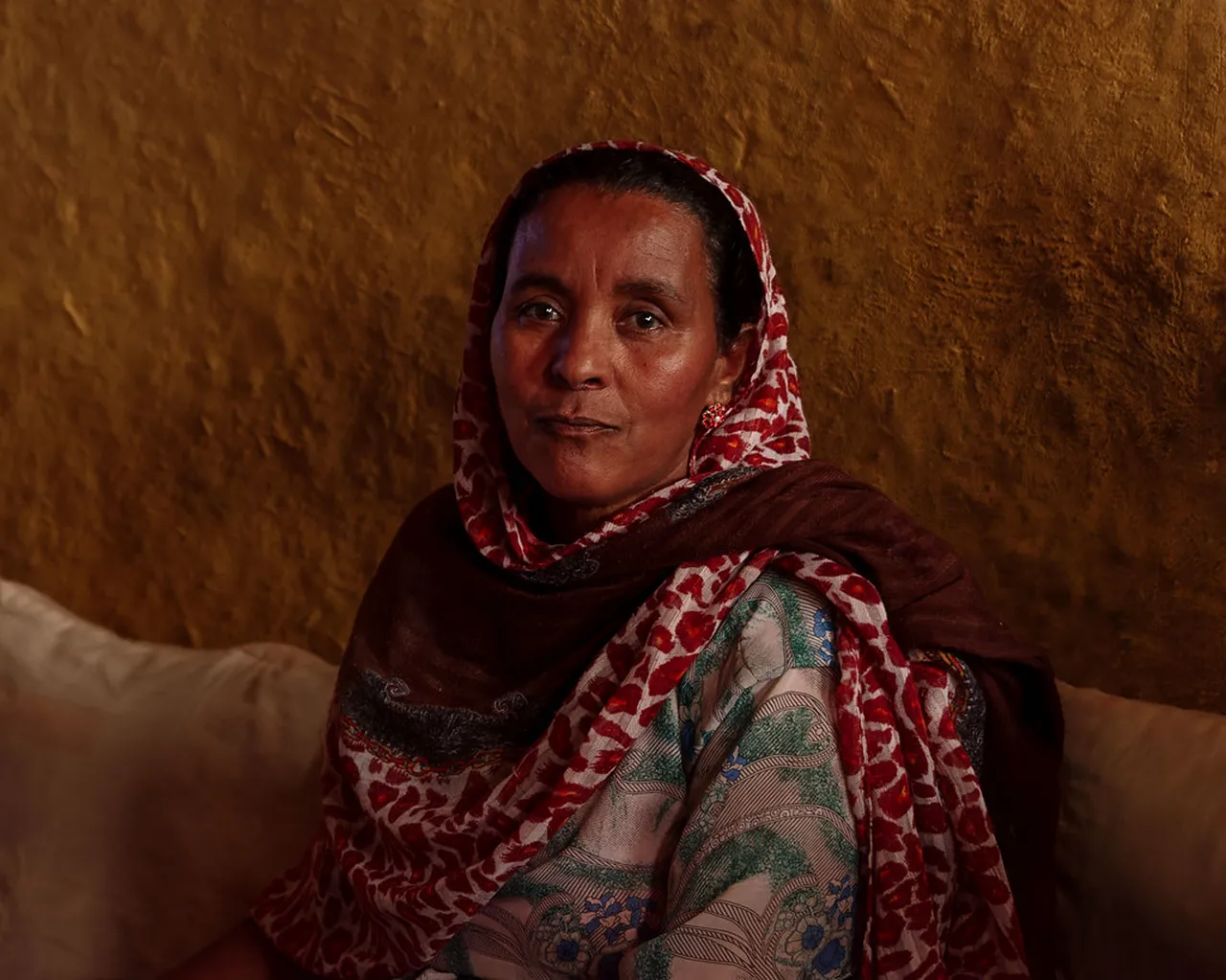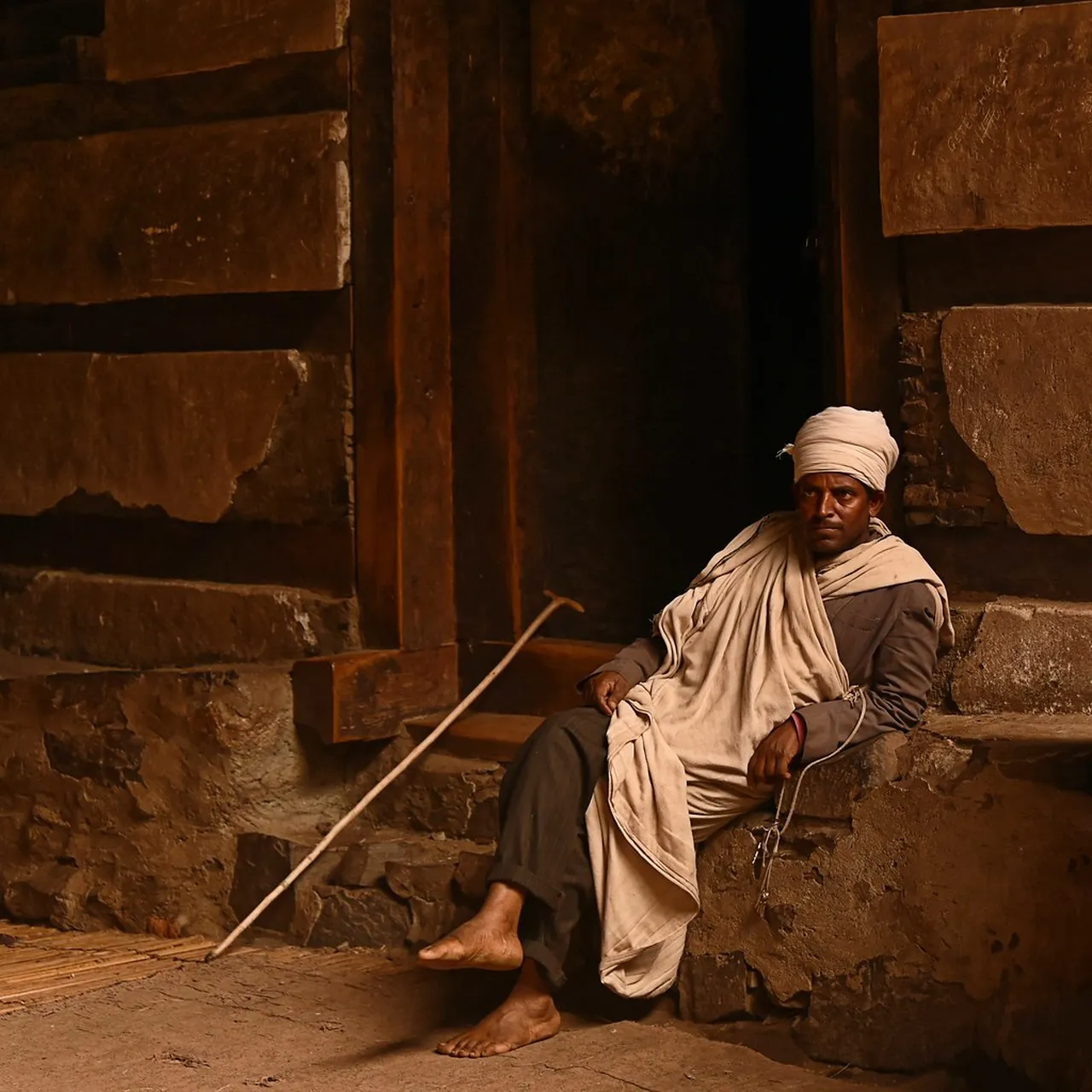
Lalibela Culture: Discovering Ethiopia’s Rich Heritage
Table of Contents
Lalibela Culture
The Lalibela culture is a remarkable reflection of Ethiopia’s rich history and diverse traditions. Known for its breathtaking rock-hewn churches, this UNESCO World Heritage site attracts travelers eager to delve into the mystical and spiritual essence of Ethiopian culture. In this article, we will guide you through key aspects of Lalibela culture, highlighting historical sites, unique customs, and local traditions that paint a vivid picture of life in this enchanting region. Whether you’re a history buff or a culture enthusiast, prepare for an insightful journey into the heart of one of Ethiopia’s most significant destinations.
Want to find the best travel deals for this destination? find adventure planner with our adventure planning specialist!
1. The Rock-Hewn Churches of Lalibela: An Architectural Marvel

The Rock-Hewn Churches of Lalibela are undoubtedly one of Ethiopia’s most remarkable treasures. Carved directly into the rock in the 12th century, these churches symbolize not only architectural prowess but also the deep spiritual significance of the Lalibela culture. Visitors are often astonished by the intricate designs and the sheer scale of these structures that were created using only hand tools.
Among these, St. George’s Church stands out, shaped like a cross and renowned for its stunning architectural layout. Furthermore, the churches are connected by a series of tunnels and trenches, showcasing the ingenuity of ancient engineering. As a result, these structures are not just places of worship; they are a testament to faith and determination.
2. Understanding Ethiopian Orthodox Christianity: The Heart of Lalibela Culture

At the core of the Lalibela culture lies Ethiopian Orthodox Christianity, which deeply influences daily life and traditions. This ancient faith shapes not only the community’s values but also its festivals and rituals. For instance, the celebration of Timkat is a vibrant display of devotion where locals reenact the baptism of Jesus. It is a time for joy, reflection, and community gathering.
Moreover, the teachings and practices of Ethiopian Orthodox Christianity promote a strong sense of morality and ethics within the community. Consequently, understanding this faith provides valuable insight into the identity of Lalibela and its people.
3. Traditional Lalibela Festivals: Celebrating Faith and Community

Traditional festivals in Lalibela are vibrant expressions of faith and community spirit. During these occasions, locals display their rich cultural heritage through music, dance, and traditional foods. The most significant festival is Timkat, marking the Epiphany, during which the faithful celebrate the baptism of Christ with great fervor.
This colorful celebration not only draws visitors from all over the world but also fosters a sense of unity among the locals. In addition, festivals like Meskel provide an opportunity to honor the Finding of the True Cross, highlighting the importance of religious traditions in Lalibela culture. Therefore, participating in these festivals allows for a deeper understanding of the local beliefs and communal bonds.
4. Ethiopian Cuisine: A Culinary Journey Through Lalibela

Exploring Lalibela culture would be incomplete without indulging in its renowned cuisine. Ethiopian food is a unique blend of flavors, with a focus on communal dining. In Lalibela, the traditional meal typically centers around injera, a sourdough flatbread that serves as both a plate and an accompaniment.
One popular dish is wat, a spicy stew often made with chicken, lamb, or lentils. The flavors are robust, enhanced by the use of spices like berbere and mitmita. Additionally, many locals enjoy various vegetarian options, which are common due to the long-standing tradition of fasting within the Ethiopian Orthodox Church.
Transitioning from meal to meal, it’s common to experience communal gatherings. Sharing food not only fosters connections but also embodies the spirit of Lalibela culture. So, if you visit, be sure to join a local feast for an authentic experience.
5. Local Arts and Crafts: The Creative Spirit of Lalibela

Art is deeply woven into the fabric of Lalibela culture, reflecting the community’s rich history and beliefs. Local artisans specialize in various crafts such as wood carving, intricate pottery, and vibrant textiles. Often, these crafts are passed down through generations, keeping traditions alive.
For instance, wooden crosses carved by skilled craftsmen are an iconic representation of Ethiopian heritage. They are typically used in religious contexts but also serve as beautiful decorative pieces. In addition, the vibrant embroidered garments worn by locals, often handmade, showcase the artistic talent of the community.
Visitors to Lalibela can explore local markets, where artisans proudly display their work. Purchasing these crafts not only supports local artists but also provides you with a meaningful souvenir that tells a story of Lalibela culture.
6. The Significance of Pilgrimage in Lalibela Culture
Recommendation: Don't miss out on amazing Lalibela tours - book now!
Pilgrimage plays a crucial role in Lalibela culture, particularly for Ethiopian Orthodox Christians. This historic town, often referred to as the “New Jerusalem,” is home to remarkable rock-hewn churches that attract pilgrims from across the globe. Each year, thousands flock to Lalibela, especially during religious festivals.
Many pilgrims undertake long journeys, demonstrating their faith and devotion. They engage in prayer and worship at sacred sites, which deepens their spiritual connection. Furthermore, this practice fosters a sense of community among participants, as they share their experiences and faith.
As you witness these profound displays of devotion, you can’t help but appreciate the importance of pilgrimage in sustenance of Lalibela culture. To ensure a deeper understanding, visiting during a festival offers an unparalleled glimpse into this enduring tradition.
7. Music and Dance: The Rhythms of Lalibela Life
In Lalibela, music and dance serve as powerful expressions of community and culture. These vibrant art forms are deeply intertwined with the rituals and celebrations of the people. Traditional songs often reflect spiritual themes, embodying the rich Lalibela Culture. The use of traditional instruments, such as the krar (lyre) and masenqo (one-string fiddle), is common during religious festivities and social gatherings.
Moreover, dances such as eskista involve intricate shoulder movements that captivate both participants and spectators alike. Additionally, these performances are not merely entertainment; they are a vital aspect of cultural identity. Consequently, the rhythms of Lalibela’s music and dance continue to play a significant role in uniting the community, reinforcing their heritage, and passing down traditions to future generations.
8. Language and Communication: Amharic in Lalibela
Pro Tip: Book your Lalibela adventures in advance through Viator for the best deals!
Language is a key component of Lalibela Culture, with Amharic serving as the official language of Ethiopia. In Lalibela, Amharic is not just a means of communication; it represents a profound connection to heritage and identity. For instance, when visiting local markets or engaging with the community, visitors will often hear Amharic expressions being used in everyday interactions.
Moreover, the language enriches religious practices as hymns and prayers are recited in Amharic, thereby deepening the spiritual experience for worshippers. Understanding basic Amharic phrases can greatly enhance the travel experience in Lalibela. Thus, learning a few local words fosters respect and builds stronger connections with the people, while also highlighting the importance of language in celebrating the region’s unique culture.
9. The Role of Ancestors: Tradition and Heritage in Lalibela Homes
In Lalibela, the role of ancestors holds immense significance, as families honor their lineage through various traditions. This connection to ancestry shapes the values and practices of the community. For example, many homes are adorned with photographs or altars dedicated to deceased relatives, reflecting a deep respect for the past.
Many families engage in storytelling, where elders share tales of their forebears, thereby preserving cultural memory. Such practices not only strengthen familial bonds but also ensure that younger generations understand their roots. Consequently, the emphasis on ancestral heritage in Lalibela fosters a sense of belonging and identity that resonates throughout the community.
10. Eco-Tourism in Lalibela: Preserving Culture and Nature
Tip: Discover the best Lalibela experiences with Viator Tours!
Eco-tourism in Lalibela is a burgeoning phenomenon that intertwines the preservation of rich Lalibela culture with sustainable travel practices. Travelers visiting this striking landscape are not only exploring its renowned attractions, like the rock-hewn churches, but are also contributing to the conservation of the natural environment.
One significant benefit of eco-tourism is the promotion of local community engagement. By participating in eco-friendly tours, visitors help support the livelihoods of local artisans and farmers. Additionally, they foster an understanding of the area’s unique ecosystems, which are home to diverse flora and fauna.
Moreover, many eco-tours emphasize responsible practices, such as minimizing waste and respecting wildlife. It’s crucial for travelers to consider their impact when visiting this cultural epicenter. By choosing eco-tourism, you’re ensuring that the beauty and integrity of Lalibela are preserved for future generations.
11. Exploring Traditional Clothing: The Fabric of Lalibela Identity
Recommendation: Don't miss out on amazing Lalibela tours - book now!
Traditional clothing in Lalibela is more than just attire; it embodies the essence of Lalibela culture and serves as a symbol of identity and heritage. The most recognizable garment is the shamma, a light cotton fabric worn by both men and women, often reflecting intricate handwoven designs.
During festivities and religious Events, traditional clothing is adorned with vibrant colors and embellishments. This not only adds a festive spirit but also showcases each individual’s connection to their cultural roots. Moreover, the creativity of local artisans shines through in the production of these garments.
Furthermore, understanding the meanings behind the patterns and colors enhances one’s appreciation of Lalibela’s cultural heritage. Whenever you visit, consider engaging with local tailors and designers to learn more about their craft. This promotes local economies and keeps these traditions alive.
12. The Role of Women in Lalibela Culture: Guardians of Tradition
Pro Tip: Book your Lalibela adventures in advance through Viator for the best deals!
Women hold a vital position in Lalibela culture, acting as the key custodians of tradition and community values. They are often responsible for maintaining household rituals, including the preparation of traditional dishes and the observance of religious practices, which serve to bond families and neighborhoods.
Importantly, women in Lalibela are increasingly becoming influential figures in grassroots movements. They lead community initiatives focused on education and health, showcasing their strength and resilience. As agents of change, they empower the next generation, ensuring the transmission of cultural values.
In addition, many women are involved in local arts and crafts, enhancing the cultural landscape of Lalibela. Their contributions to traditional practices, such as weaving and pottery, keep these crafts alive. Thus, recognizing the role of women is essential in understanding the broader tapestry of Lalibela’s cultural identity.
The Lalibela culture embodies a unique blend of spirituality, tradition, and community that offers significant insights into Ethiopia’s heritage. From the stunning rock-hewn churches to the vibrant festivals and traditional practices, there is much to explore in this captivating region. What aspect of Lalibela culture fascinates you the most? Share your thoughts in the comments, and let’s celebrate the beauty and richness of Ethiopia together.